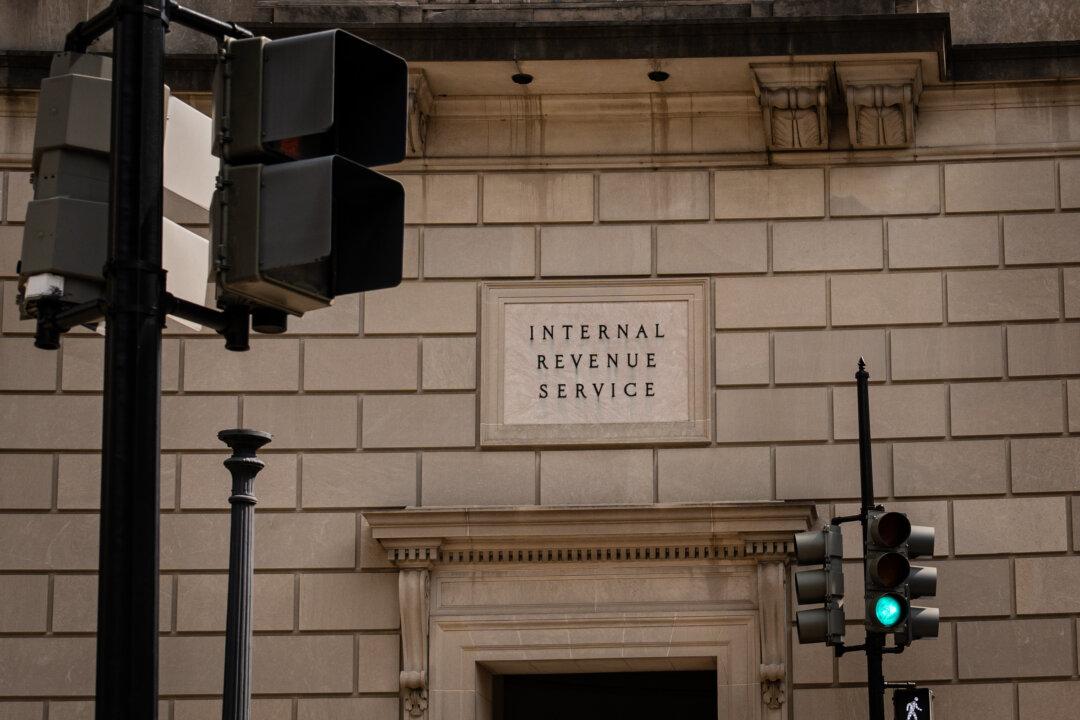Average long-term mortgage rates in the United States have jumped after almost a month of declines as the Federal Reserve looks all set to raise interest rates in its upcoming meeting.
According to mortgage buyer Freddie Mac, the interest rate on a 30-year fixed-rate mortgage was at 5.23 percent for the week ending June 9. After hitting 5.3 percent on May 11, interest rates declined for the next three weeks. Mortgage rates grew on the back of “increased economic activity and incoming inflation data,” Freddie Mac said in a statement.





